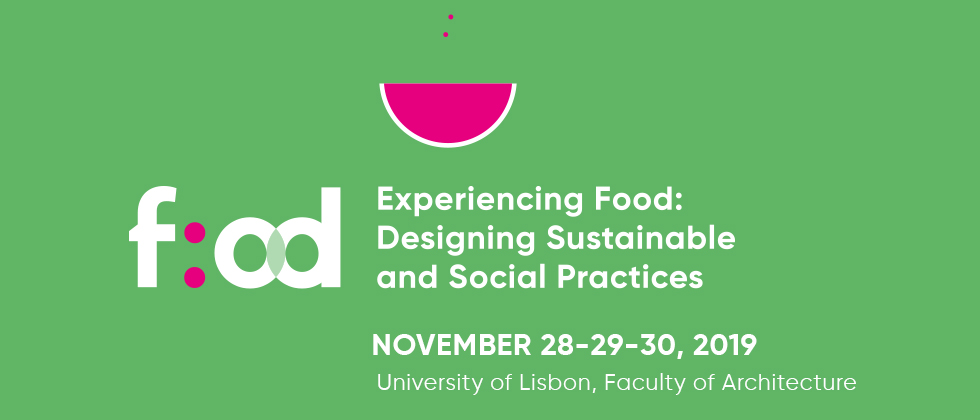Presentation
We live in a global age, where diet – at least in most developed countries – would be difficult to imagine without processed and industrialized foods. Industrialization and globalization generate positive and negative impacts and often break the link between consumer and his local diet (i.e., local products). This has been clear in recent years with the expansion of fast food and convenience meals that promise ease and time at the loss of quality and nutritional value, with disastrous results for the food system (i.e., foodborne illness, high protein intake, food scarcity, soil exhaustion...). Food is ubiquitous in Western societies, and part of this omnipresence is due to the innovation of food systems (agro-production, preservation, and transportation). Today we can eat any food, coming from anywhere in the world, all year round. Whether this refers to a sustainable or healthy diet is questionable. The purpose of food is not only to feed us from a nutritional perspectives, as food preforms various social and cultural functions, establishes relations, shows us feelings of belonging, and shows us the world from different viewpoints. Food Design, albeit some academic sedimentation (resulting in the catalog and book of the 1st International Conference on Food Design and Food Studies, Experiencing Food, Designing Dialogues) demonstrates the importance of design in food, and although in a more or less conscious way, the mutual interest of both areas is increasingly visible in the food system.
Apart from the design of the food product itself, the design is evident in other aspects of our relationship with food, from the supermarkets to the packaging; from the kitchens to restaurants, from the utensils we use to eat and cook to the food production system (vegetable, animal and artificial). This close relationship between food and environment in which we act and relate plays an important role in food and in our lives and leads us to another aspect that is shared by both, which is how we define and describe ourselves - which reminds us the mythical aphorism by Brillat-Savarin ‘Tell me what you eat, I will tell you who you are’.
Gastronomy is marked by trends, both in the kitchen (i.e. culinary arts) and in spaces that serve food. In a fast online search we find consumer food trends changing every year; according to the Uber FoodCast 2018 study the trend will continue to be Asian food. The Whoole Foods Market also reveal through a study that the trends will be floral flavors or functional mushrooms among others, but there are also trends related to consumer behavior, such as food transparency. This means that reading the nutritional value is no longer the only requisite of choice, food origin also influences it. This shows a biased behavior not only of the consumer, but also of those who offer different food alternatives. At The Fork, we can also access a Mintel report on food and beverage trends and consumption; transparency is shared with Whole Foods Market, which also refers to consumption in a natural and sustainable way, as it references a philosophy of daily scope which was once exclusive and luxurious. The suggestions of Mintel go beyond the spaces, mentioning a higher consumption of poultry and slow growing animals, but also the requirement of handmade ceramics, wood and clay, along with the options without refined sugar; gluten, lactose… This concept of affective attachment to food is again being recovered through the kitchens and spaces where meals are served through an awareness of the fact that we know little about what we eat.
And if today we seek a rescue of the traditional and an appraisal of the local product, it is because the consumer is more alert for the current food system. What is happening, even if not yet generalized, is an increasingly demanding consumer, who seeks to be informed of his food choices. Although such a consumer does not control time, he likes to control what he eats, or at least to have the idea that he does it consciously. According to the US National Restoration Association, 45% of consumers want to control where and when they sit in a restaurant and 3 in 4 consumers prefer to eat out of hours, especially if there is an associated benefit. We want to control what we eat, how we eat and with whom we eat, and however illusionary, the new concepts of food spaces seek to offer what consumers demand, restaurants with concepts of sustainability, nutrition and comfort food (traditional) at any time of the day. Any behavior related to food always results from three aspects: the food itself and the relation we have with it through the senses and its nutritional composition; the consumer influenced by culture, psychological and physiological states; habits, memories and preferences and the context.
It is difficult to design for a state of mind, but it must be one of the objectives of the design to facilitate or influence this state of the consumer to be in tune with the space. We live surrounded by design forms and it is design in its most extensive, multidisciplinary and experiential sense that can lead to this experimentation capable of using new creative procedures in culinary practices and processes. It is design that can introduce and diffuse these processes through products and services, democratizing their experimental and innovative elements. It is relevant to question the role and place of design as an agent that creates new models of knowledge and a transformer, interpreter, critic and cultural unifier. Design, with a rich creative tradition, can serve as a tool and a stimulus for gastronomy. Just reflect on Elisabeth David’s omelet and glass of wine, as these can be as delicious and enjoyable as a gourmet dish; the same applies to design - it is not necessary be exclusive and expensive to be pleasant and comfortable.










